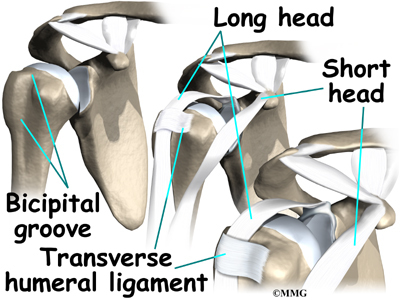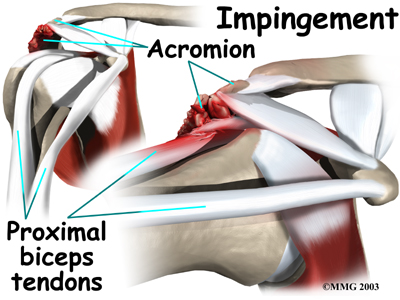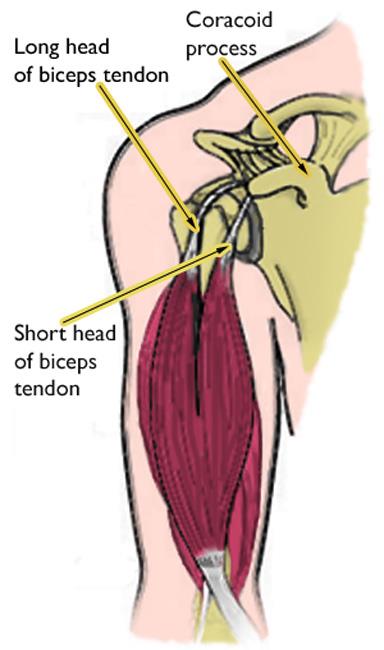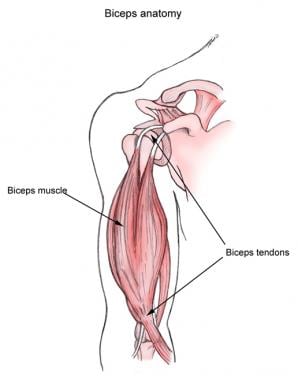Bicipital Groove Impingement

Bicipital peritendinous effusion bpe is the most common biceps tendon abnormality and can be related to various shoulder ultrasonographic findings.
Bicipital groove impingement. In shoulder impingement the soft tissues between the humeral. Glenohumeral joint posterior labrum. This makes it difficult to distinguish from pain that is secondary to impingement or tendinitis of the rotator cuff or cervical disk disease. Bicipital peritendinous effusion bpe is the most common biceps tendon abnormality and can be related to various shoulder ultrasonographic findings.
Often with rest and following some simple treatments can heal the inflamed tendon causing bicipital tendonitis. Bicipital tendonitis often happens due to repetitive strain injury overuse injury or it could be due to rotator cuff tears or complex injuries like shoulder blade impingement etc. The tendon is exposed on the anterior shoulder as it passes through the humeral bicipital groove and inserts onto the superior aspect of the labrum of the glenohu. Bicipital groove biceps tendon and biceps brachii.
Overhead activities usually reproduce pain especially those positions that combine abduction and external rotation e g. Know what is bicipital tendonitis its causes symptoms treatment pathophysiology epidemiology and. Infraspinatus teres minor. Since the association of bpe with subacromial impingement is unclear our study aimed to explore its association with the dynamic subacromial impingement test during ultrasound us imaging.
The pain is usually localized to the bicipital groove and may radiate toward the insertion of the deltoid muscle or down to the hand in a radial distribution. Bicipital tendinitis or biceps tendinitis is an inflammatory process of the long head of the biceps tendon and is a common cause of shoulder pain due to its position and function. It may also be caused by osteoarthritic spurs impinging on the bicipital groove 3 primary impingement in athletes older than 35 years leads to a higher incidence of rotator cuff tears than in. Pain in the region of the anterior shoulder located over the bicipital groove occasionally radiating down to the elbow.
Dislocation of the long head of the biceps will inevitably result in rupture of part of the subscapularis tendon. As mentioned earlier the transverse humeral ligament holds the biceps tendon within the bicipital groove near the top of the humerus if this ligament is torn the biceps tendon is free to jump or slip out of the groove irritating and eventually inflaming the biceps tendon. Since the association of bpe with subacromial. The pain aggravates with shoulder flexion forearm supination or elbow flexion.
The tendon of the subscapularis muscle attaches both to the lesser tubercle aswell as to the greater tubercle giving support to the long head of the biceps in the bicipital groove.
















